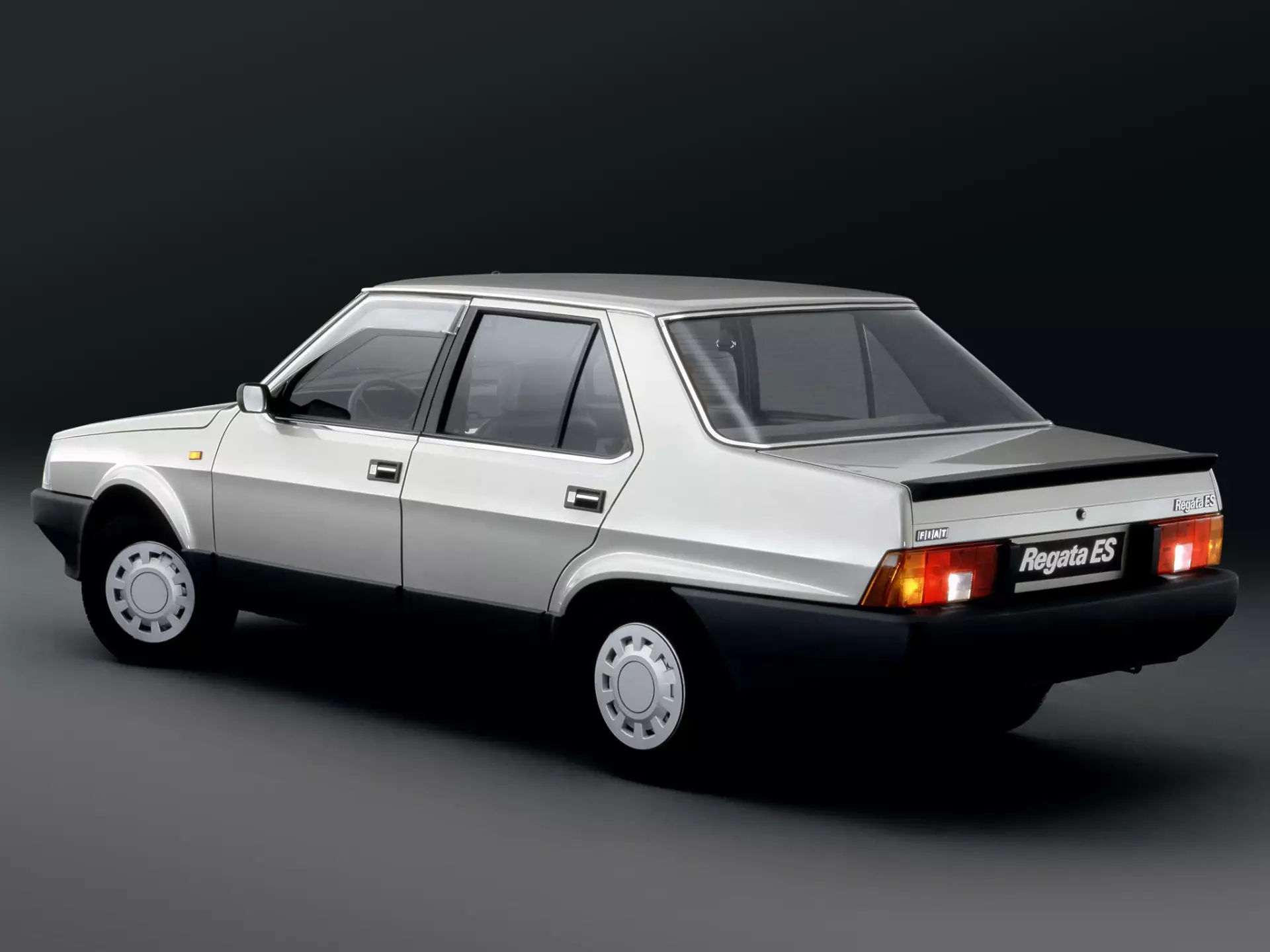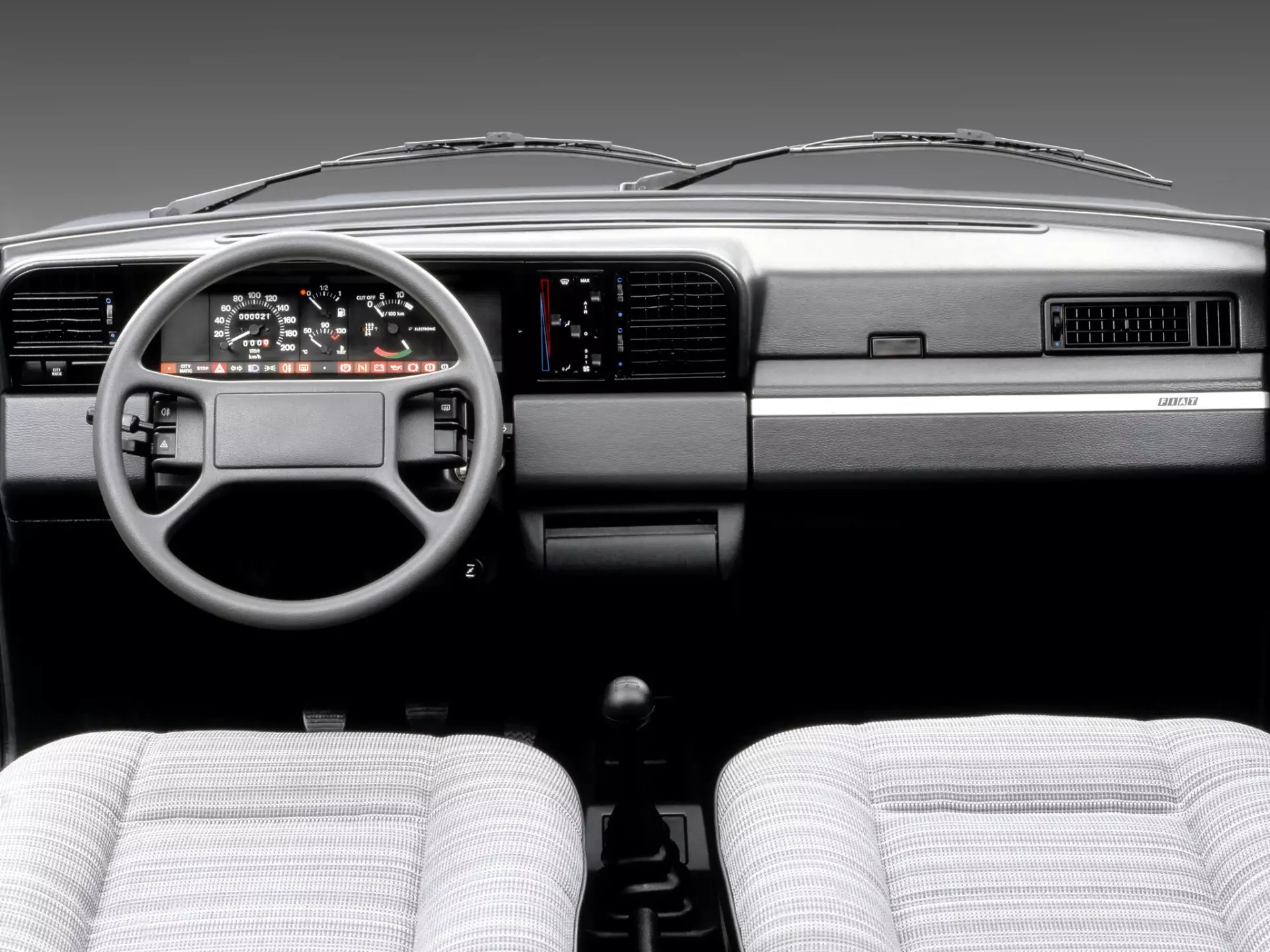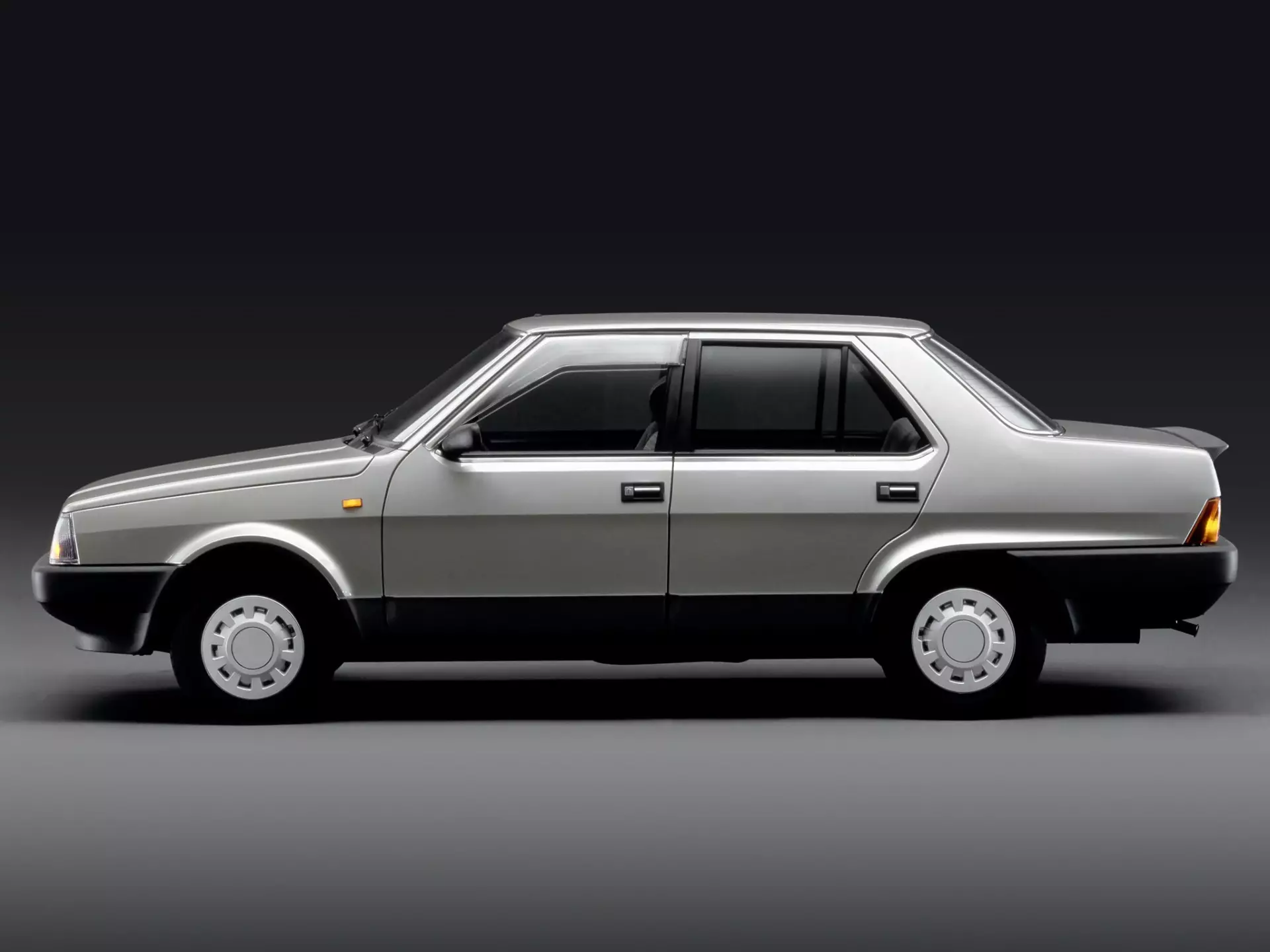Few brands have contributed as much to the development of the combustion engine as FIAT. For the more distracted it may be a risky statement, but for those who follow the car industry more closely it may not be all that risky.
To cite just two examples, we have the development of the common-rail system that rescued Diesel engines from the «stone age», or more recently the MultiAir system that was also pioneered.
Well then, the example we bring you today dates back to 1982 and concerns the invention of the first start-stop system in the history of the automobile industry.
The first start-stop system
Forget the most modern cars. The first car in history to use a start-stop system was the FIAT Regata ES (Energy Saving). It was the distant year of 1982.
How far away? Let's see:
- The United Kingdom started the Falklands War, declaring war on Argentina;
- Sony launched the first CD player;
- Michael Jackson topped the charts with the Thriller album;
- Italy becomes World Football Champion for the 3rd time;
- RTP launched the first Portuguese soap opera in history, Vila Faia;
- Portugal was “joyfully” preparing for its second foreign intervention.
With regard to Portugal, unfortunately, both in soap operas and in the economy, there are patterns that are repeated. But getting back to what matters…
In Italy, while millions of Italians were celebrating the goals of Paolo Rossi, Marco Tardelli and Alessandro Altobelli at the 1982 World Cup, another team made up of FIAT engineers and led by Mauro Palitto — head of the Turin brand's engineering department at the time — launched onto the market the first car in history equipped with a start-stop system.
FIAT decided to call this system Citymatic — it's not even worth explaining why, is it? But the best part of this story is yet to come.

The story of the invention of the start-stop
Our colleagues at Onmiauto.it interviewed Mauro Palitto, who told this publication how the idea of a start-stop came about: interrupting the engine's operation every time the car is stopped.
Time, it was all a matter of time.
Mauro Palitto decided to equip a FIAT prototype with a stopwatch. Objective? Measure how long the car spent immobilized on a 15 km trip in the city.
The results were impressive: every 35 minutes, the car spent 12 minutes immobilized with the engine running. In other words: the engine was wasting energy and therefore fuel. And consequently… money.

In view of these values, the FIAT team of engineers decided to develop a system that would automatically turn off the engine whenever its operation was not necessary.
Subscribe to our newsletter
Low cost genius
FIAT estimated that with this system it could achieve savings of 7% in the urban cycle. But there was an obstacle to this technology: would conventional starters be able to withstand the demands of such a system?
Designed to withstand up to 25,000 cold starts, it was estimated that with the Citymatic system starter motors had to withstand at least 100,000 cycles of use.
To clear up doubts, Mauro Palitto tested 10 prototypes that were turned off for 10 seconds, turned on again for 20 seconds, and so on, 24 hours a day for 5 weeks.
To the surprise of all engineers, after opening the starters, they were as new. One of the reasons for this durability was related to the tuning of the electronic control of the Citymatic system, which at 180 rpm disconnected the starter motor and let the engine compression do the rest.

Best of all? The development cost of the FIAT Regata ES start-stop system was almost nil. Only working hours of FIAT engineers. However, some changes to the engine were necessary. Particularly in its compression ratio that made the power of the 1.3 four-cylinder engine drop to 65 hp. The result was a real savings of 7% in the urban cycle.
So why didn't the technology take hold?
As today, there was also a distrust of the start-stop system's reliability at that time — by the way, an unfounded distrust as explained here. FIAT's dealer network doubted the system and so did the customers.
The Citymatic system went back to the drawer and we had to wait until 1999 to see a start-stop system in a production car again: the Volkswagen Lupo 1.2 TDI 3L.
Moral of the story: being right ahead of time is also being wrong.
I hope you enjoyed this article. If you want to give the Razão Automóvel team back these pleasant minutes of reading, subscribe to our Youtube channel by clicking here. It takes 10 seconds.
You haven't subscribed yet, in 2019 this is what you lost. Are you going to continue like this in 2020?
